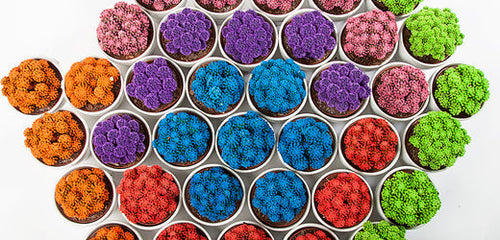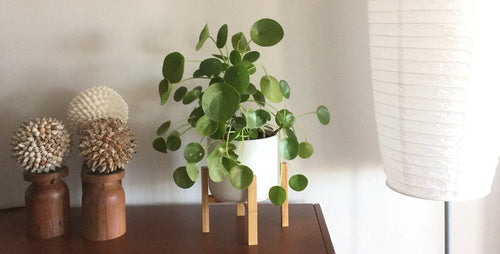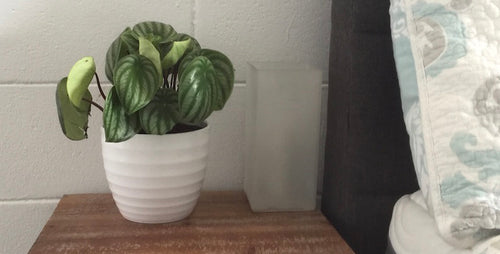What’s hot in the house plant world? There are emerging trends for next year say Costa Farms Plant Hunter Mike Rimland and Horticulturist Justin Hancock Here are four hot houseplant trends for 2022.  1. Big Bold Leaves
1. Big Bold Leaves
Instagramers continue to snap and swoon over photogenic large-leafed species. “I think one of the reasons plants with large foliage are trendy is that they are relatively unique,” says Justin. “A lot of common houseplants have small leaves, even as the plants grow and mature (think Dracaenas and Peperomias),” he says. But there are fewer house plant species that feature large, wide, and dramatic leaves. Justin says that big-leafed plants, such as Alocasias, Philodendrons, Monsteras, Fiddle Leaf Fig, and Pothos, provide instant impact to a space. “They create this lush, tropical feel from the moment you set them in place, and it’s a relatively unique effect you don’t necessarily get from every other houseplant,” he says. So think big (leaves!) for 2022.  2. Hole-y Leaves
2. Hole-y Leaves
Species of plants that show off big splits and slits – called fenestration – are appealing to plant collectors. Justin says this characteristic is popular because “it’s visually impactful and relatively uncommon in houseplants.” Holes in leaves is a very collectible trait, in part, because getting your plant to produce them isn’t a quick process. “To a degree, you have to work for it, so fenestration can be something of a badge of honor among enthusiasts,” he says. Take Monstera deliciosa, for example. Justin says that while the leaves may have some fenestration when you buy it from your local garden center, holes and splits become even pronounced when raised in the right conditions. Plants with holes and splits include Monstera deliciosa and ‘Little Swiss’ (Monstera adansonii), ‘Baltic Blue pothos,’ and Rhaphidophora Tetrasperma (also called Mini Monstera).
 3. Splashy Variegation
3. Splashy Variegation
Green plant leaves splashed with white and cream coloration (called variegation) is another collectible houseplant trait. “With variegation, I think there are a couple of different forces at work,” says Justin. “One is the fact that a lot of our most common houseplants have rich, dark green leaves,” he says. “Varieties with leaf variegation provide contrast and can make our plant collections look even more curated.” According to Justin, plant collectors are driving popularity. “Digging down a level, I think popularity and plant collectorship is also helping to drive the variegation craze,” he says. “It’s an interesting bit of irony that many variegated plants are weaker than their all-green-leaf counterparts. Because they’re often weaker, less stable, and more prone to losing their variegation in the propagation process, it can be harder to find some of these varieties for sale—which drives up the desire for them among houseplant collectors.” For the best variegation, make sure your plant is grown in the right light for its species, says Mike. “Keep in mind that all variegation fades to green with the wrong light,” he says. See these gold variegated plants.  4. Silver and Blue Hues
4. Silver and Blue Hues
Blue-hued plants such as Cebu Blue pothos have become very collectible. Mike recently discovered a new, bluer pothos, called ‘Baltic Blue,’ “‘Baltic Blue' pothos is an incredible low-light plant,” says Mike. Silver-leafed plants are also a popular plant trait. Sterling Silver scindapsus offers silvery heart-shape leaves. Alocasia ‘Silver Dragon’ may also set some trends for plant collectors looking for new hues. “I knew when I saw this plant that it was a winner,” says Mike. He first saw this silvery plant grown commercially in Europe and Asia. “It looks like that plant is from the Moon,” Mike says. “The color is so out of the norm for indoor plants.”
Written by Karen Weir-Jimerson

















